Why the Mughal aesthetic isn’t a thing of the past
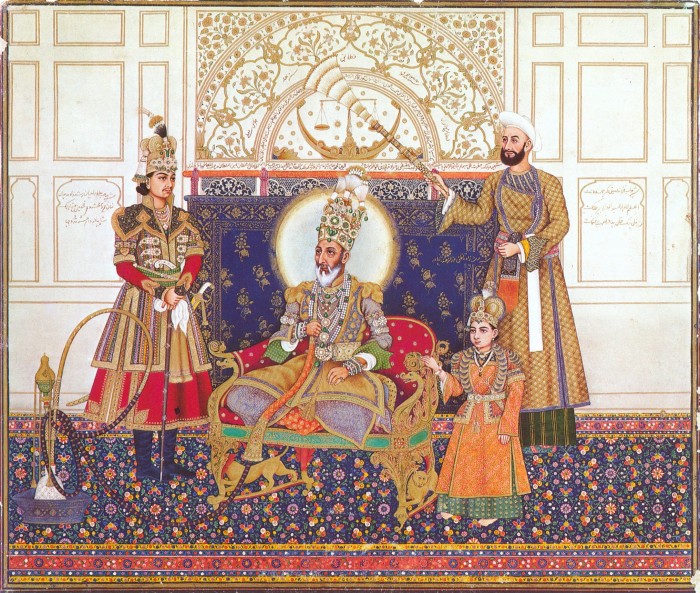
Roula Khalaf, Editor of the FT, selects her favourite stories in this weekly newsletter.
When India’s Mughal emperors commissioned glittering jewellery, little did they realise that, centuries later, these pieces would still have creative and commercial value for the country’s homegrown jewellery designers.
Keeping the embers aflame are new books on Mughal jewels, as well as international museum displays showcasing objects ranging from bejewelled daggers in the Louvre in Paris to a pearl forehead ornament in the Museum of Fine Arts in Houston.
For Salam Kaoukji, curator of the Al-Sabah Collection in Kuwait, the appeal of Mughal jewels for today’s practitioners lies in their aesthetic and their makers’ techniques.
The Kundan setting technique, for example, which uses soft 24-carat gold ribbon to set gemstones directly on to surfaces, is still used today. So is the mosaic-like inlay technique called pietra dura: seen on the walls of the Taj Mahal, it is practised by local jewellers such as Hanut Singh and Vishal Kothari, founder of VAK Jewels.
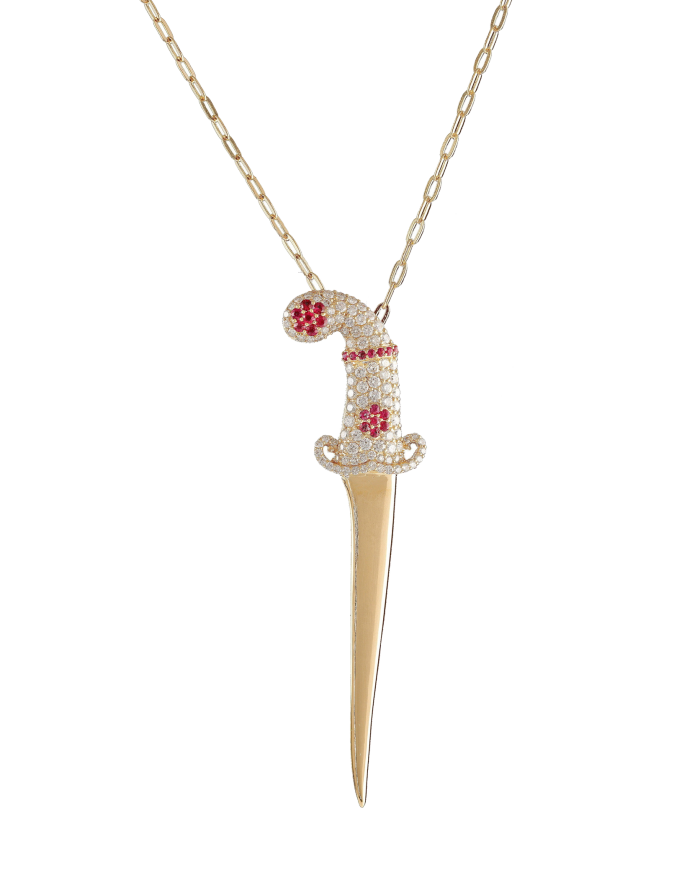
The Mughal dynasty, which lasted from 1526 to 1858 — when the last emperor, Bahadur Shah II, was replaced by the British Raj — is defined by colourful, swashbuckling characters. The most sophisticated jewels were made in the 16th and 17th centuries, when the Mughal empire was at its height, writes Kaoukji in her upcoming book Adornment and Splendour: Jewels of the Indian Courts.
That era marked a way of making and wearing jewellery that continues to this day. The emperors “wanted to show their power, but they showed it not only in richness, to have more and more stones, [but] in a delicate kind of making jewellery”, says Cornelie Holzach, director of the Pforzheim Jewellery Museum.
Holzach is the curator of the Historical Mughal Jewellery and Objets d’Art exhibition, due to open late next year, which includes bejewelled weapons, pendants and brooches from a private collection.
Several jewellers are continuing to base their work on the Mughals. Farah Khan Ali, a jewellery designer based in Mumbai, launched her business in 2004 and says the motifs enable her “to be different” and “appeal to a universal audience”.
Her diamond Scherazade necklace riffs off paisley — or boteh — patterns that were introduced to 16th-century India by the Mughals. She added uneven tanzanites, she says, “because if I gave it a pear shape at the bottom, it would look more traditional”.
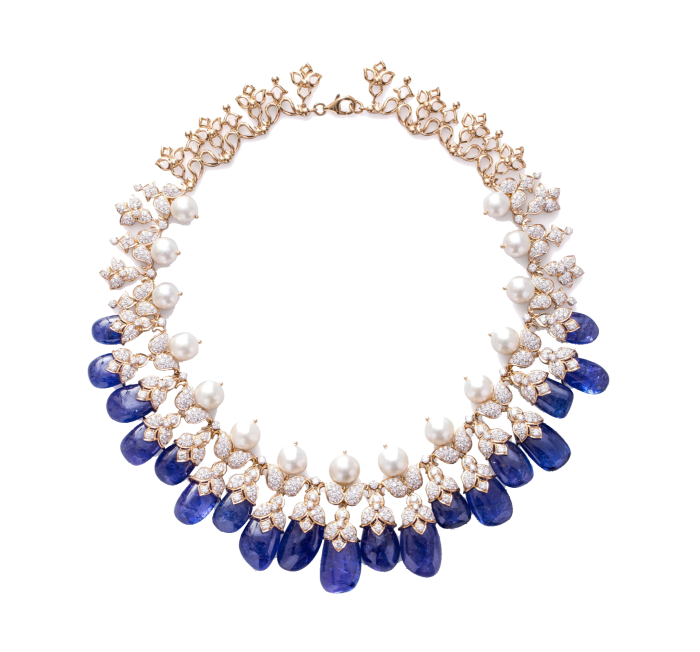
Khan Ali’s strategy is to appeal to “today’s millennials [who] want to wear jewellery more often” instead of storing it. But, while their spending capacity is increasing, especially in cities like Jaipur and Lucknow, the younger generation still cannot afford to buy jewellery from international luxury houses, she says.
Some jewellers use Mughal motifs in a literal way. Hanut Singh turns weapons, like daggers, into pendants. Vishal Kothari, however, prefers a subtle approach; otherwise the piece “becomes very traditional”, he says.
Unusually, Kothari has used portrait-cut diamonds for a minimalist collection. Visually, there is no connection to the Mughals, but the cut is associated with Emperor Shah Jahan — fabled for building the Taj Mahal — who had hand-painted or enamelled portraits of himself with a “portrait diamond . . . covering for it, instead of glass”, Kothari explains.
Associating collections with the Mughals helps homegrown Indian designers expand internationally, he adds. “It’s the first thing that people connect from abroad to the country.”
A collection of VAK jewellery is on sale at Bergdorf Goodman in New York until next March, which includes a pair of 18-carat white- and pink-gold diamond earrings in the shape of Mughal-inspired lotus flowers, with Taj Mahal-esque arch designs and spinels — a common Mughal gemstone.
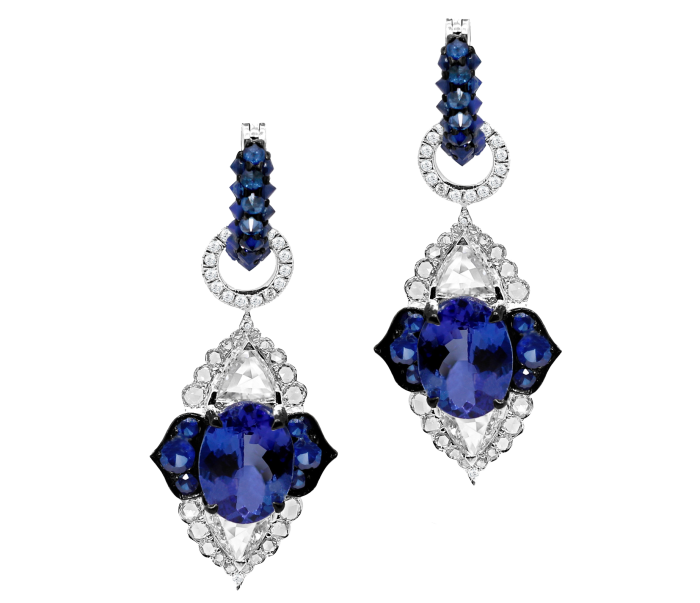
Unsurprisingly, the artistic heritage of the Mughals attracts deep-pocketed art collectors and auction houses, which are increasingly hosting private sales and exhibitions that help introduce collectors to the homegrown jewellers.
Kothari, for example, is selling a collection of jewels at Sotheby’s new outpost in Zurich, on the third floor of the Bucherer store, starting on Monday.
Another jeweller, Namita Bhandari — who co-founded Jaipur-based Azga with her sister — has simplified a window engraving from one of the city’s Mughal forts, or havelis (mansions), to create an intricate design for gold-plated brass and enamel Mughal cufflinks and buttons for ceremonial kurtas (collarless tunics). They look rich, she says, and “add heritage to the label”.
Bhandari is capitalising on the changes in India’s jewellery buying habits, thanks to social media, celebrity endorsements and influencers. “People want to buy more jewellery,” she says. “They want to wear something new, something different. They want [jewellery] to match their outfit.” They also, she adds, want to give jewellery as gifts to friends.
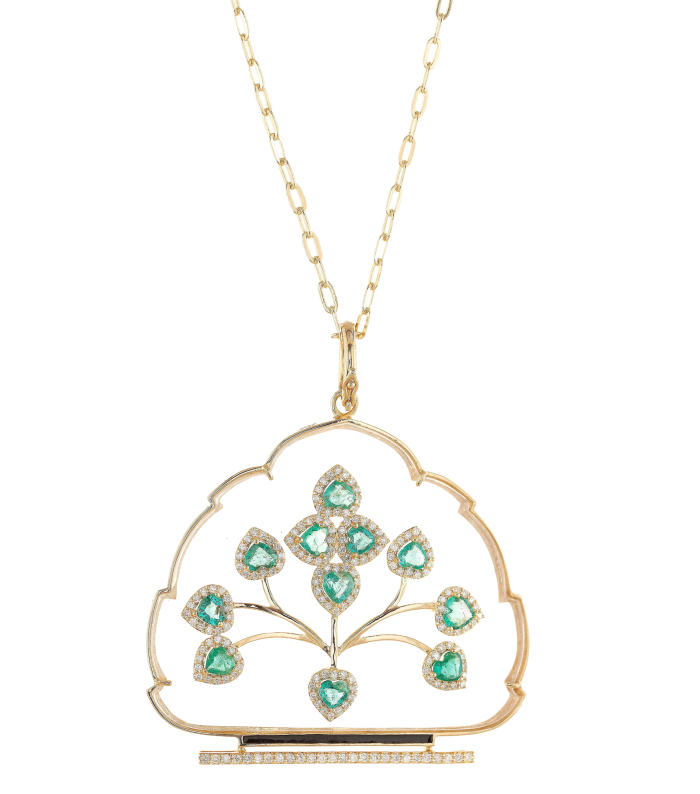
At Studio Renn in Mumbai — co-founded by husband-and-wife duo Rahul and Roshni Jhaveri — Mughal coins, which creative director Rahul has been collecting since 2019, are used for Mohur buttons on a sherwani, the formal long-sleeved coat worn during the late Mughal period, and a Bandhgala suit. A set of five were priced at $30,000. “Mughal coins are perceived as more valuable,” Rahul says. A 25-year-old man bought the first set in 2020 for his wedding, and has since become a regular customer, according to the Jhaveris.
Local jewellers are expanding their bricks and mortar presence, too. Azga is planning to open its first store in Jaipur next year, while Khan Ali aims to open four standalone stores at home next year, as well as rolling out more concessions across the country.
Comments